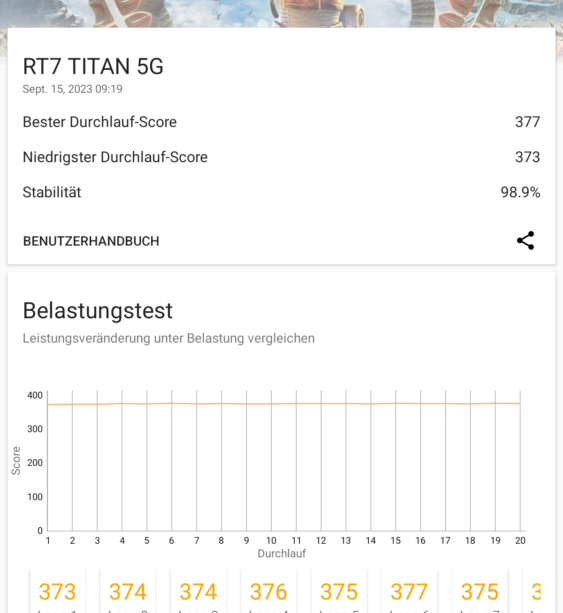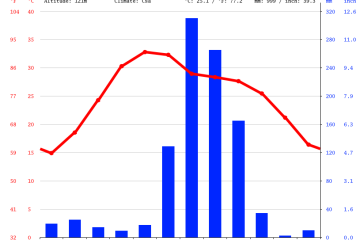Analyzing the OU Results 2023: Trends and Insights

Introduction
The OU Results for 2023 have recently been announced, generating significant interest among students, educators, and parents alike. Understanding these results is crucial as they reflect the academic performance of students, shed light on educational outcomes, and can influence future educational policies and trends. The data from these results offers valuable insights into the wider educational landscape in India, particularly for distance education.
Significant Findings
The 2023 Winter exam results, released by the Open University, show a mixed bag of performance across various courses. Overall, the pass percentage has seen a slight improvement of 5% compared to the previous year, with approximately 70% of students successfully passing their courses. However, this overall increase masks differences between fields; programs in humanities and social sciences reported higher success rates than those in science and technology disciplines.
Key data highlights reveal that the Bachelor of Arts program had a remarkable pass rate of 75%, while the Bachelor of Science program lagged behind at just 65%. Factors contributing to these discrepancies include program difficulty, student engagement levels, and the availability of resources pertinent to each discipline. The university noted that more supportive initiatives were implemented this past year, including mentorship programs and online study materials, which possibly contributed to the higher rates in humanities.
Trends and Other Insights
Additionally, the results indicate a growing trend of students enrolling in online courses, reflecting a shift in learning preferences. A significant number of students expressed their desire for more blended learning options, combining traditional methods with online accessibility. This trend is likely to influence future course offerings and convenience for learners, potentially increasing enrollment numbers.
The university has also emphasized the impact of regional performance, where urban centers tended to outperform rural counterparts significantly. Educators argue that this divides showcases the urgent need for equitable access to educational resources, particularly in areas that traditionally struggle with educational infrastructure.
Conclusion
In conclusion, the OU Results for 2023 provide a vital snapshot of student performance, educational trends, and areas requiring focused intervention. As educational institutions continue to adapt to changing learning styles and technological advancements, these results will likely shape future strategies for enhancing academic success. Observers remain optimistic that with increased support and resources, the performance disparities across disciplines and demographics can be diminished, creating a more balanced educational environment for all students.









